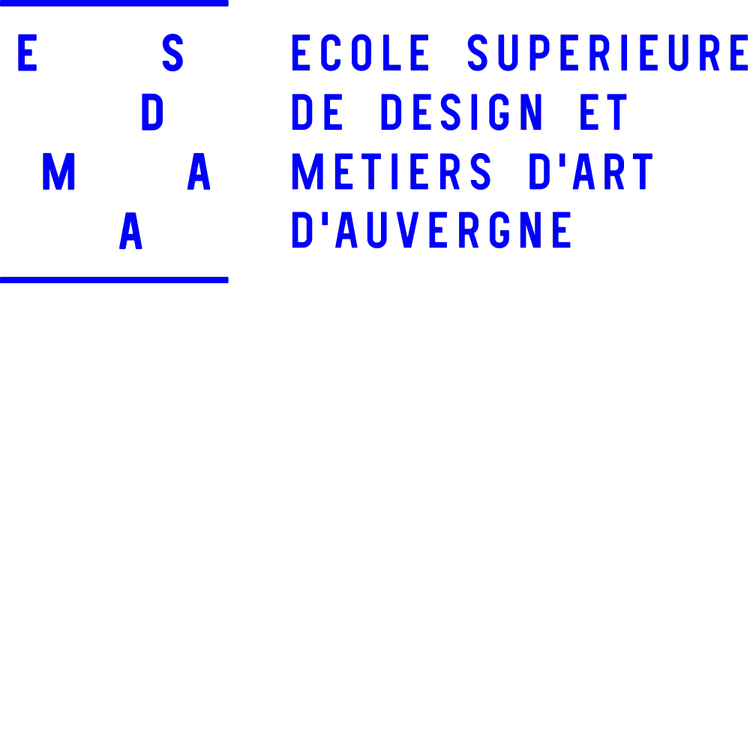"Scénographie urbaine"
Mikolaj Nalewajko
La déambulation dans la ville est une expérience fascinante. Cela représente un vaste horizon d’inspirations - alimentant l’imaginaire - que je retranscrits dans mon carnet d’esquisses. Ma volonté pour le projet de diplôme était d’associer cette expérience de plasticien - à travers le dessin d’observation - avec une approche professionnel de designer.
Décomposant la sphère publique en strates, on imagine la première composée par l’urbaniste d’une manière fixe et durable. La suivante, celle du designer, met l’usager au cœur de sa pensée, et ajoute une nouvelle strate plus mobile. Le postulat de dessinateur combiné à celui de sociologue et de journaliste oriente mon intérêt vers la relation humaine dans l’espace urbain. L’élément fédérateur, la place publique, semble être un lieu idéal qui relève du rassemblement et de l’interaction.
C’est un endroit où divers animations et événements se produisent - cela concerne principalement les objets événementiels, souvent utilisés lors du marché ou d’autres manifestations. Le travail d’investigation fait naître la série animée de folies témoignant le désir de proposer une vision alternative à la vie urbaine qui anime l’espace public davantage. Les recherches basées sur le commerce ambulant - l’événement social hebdomadaire - se dirigent vers l’extraction de son infrastructure éphémère pour devenir un élément quasi-pérenne de la place publique.
Le travail d’investigation fait naître la série animée de folies témoignant le désir de proposer une vision alternative à la vie urbaine qui anime l’espace public davantage. Les recherches basées sur le commerce ambulant - l’événement social hebdomadaire - se dirigent vers l’extraction de son infrastructure éphémère pour devenir un élément quasi-pérenne de la place publique.
En cela le projet « Scénographie Urbaine » offre une nouvelle possibilité d’appréhender le mobilier urbain et de se l’approprier en proposant une interprétation théâtrale du déploiement. Le dispositif devient un élément central de la place où l’on peut s’abriter, se retrouver, échanger, s’assoir et tout un éventail d’autres initiatives car il ne s’agit pas de programmer l’ensemble de son utilisation. Ce dessein s’adapte, se multiplie, se déplace, s’agrandit et se rétrécit en fonction des activités.
-
Exploring the city is a fascinating experience. It represents a wide horizon of the inspirations that I transcribe in my sketchbook. My aim of the diploma project was to combine this artistic experience with a design approach. Breaking down the public sphere into layers, we imagine the first one composed by the urban planner in a sustainable way. The next more mobile layer belongs to the designer, who puts the user at the center of his work.
The artist’s postulate combined with sociologist and journalist approach directs my interest towards the human relationship in the urban space. The unifying element, the public square, seems to be a perfect place for gathering. It is a place where various animations and events take place - this mainly concerns event objects, often used in the market or other events. The investigative work gives rise to the animated series of « folies » demonstrating the desire to propose an alternative vision of urban life that animates public space more. Research based on itinerant commerce - the weekly social event - is moving towards the extraction of its ephemeral infrastructure to become a quasi-long-lasting element of the public square.
« Scénographie Urbaine » offers a new possibility to apprehend urban furniture and to appropriate it by proposing a theatrical interpretation of the deployment. The structure becomes a central element of the place where we can shelter, meet, exchange, sit and a whole range of other initiatives - because it is not a matter of programming the whole of its use. This concept is adaptable, it multiplies, moves, expands and shrinks according to activities.
















